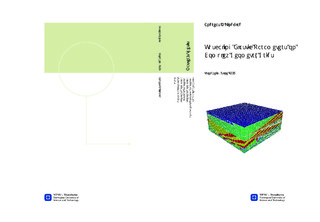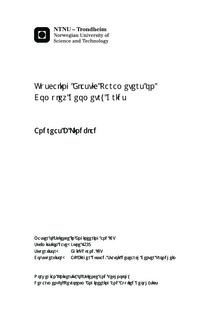| dc.description.abstract | Statoil and collaborating partners have recently been able to develop a general upscaling technique that takes into account the complex geology and geometry of rocks. Accordingly, it has now become possible to predict accurate and valid reservoir properties at the seismic scale. The main objective of this study was to utilize the latter opportunity to determine whether inverted seismic data is capable of capturing information on the 3D geometry of reservoir rocks. In principle, this will give an indication of the inverted seismic data's ability to differentiate facies. A secondary goal was to examine the anisotropy at the seismic scale. The largest part of the thesis, however, aimed to give a general description on how to predict seismic properties. In order to achieve the above targets, a set of facies models seeking to represent channel belts in an actual reservoir were adopted. Although the cells in each model were associated with upscaled lithofacies, they did not contain elastic properties. Consequently, an extensive survey devoted to finding representative elastic input was carried out. Several different ways of providing cell data were considered, but eventually the choice fell on using a combination of empirically generated properties and well-measurements. Before the completed models could be upscaled, the general method had to be verified. To do this, various test models with distinct characteristics were upscaled, and their results evaluated. As the accuracy proved to be satisfying, the upscaling technique was assumed both functional and trustworthy. With that clarified, the models were finally upscaled to provide predictive and representative channel belt properties at the seismic scale. The degree of expected seismic anisotropy could then be assessed on the basis of the upscaled elastic properties' directionality. To find out whether inverted seismic data contains geometrical rock information, the predicted channel belt properties were compared with corresponding measured ones. From the upscaling results, it was found that the anisotropy is expected to be weak, but nevertheless considerable at the seismic scale. Additionally, the conformity between estimated and inverted channel belt properties turned out to be great. The latter strongly suggests that inverted seismic data in fact are able to register geometrical information on reservoir rocks, and that this information can be predicted using elastic upscaling. | nb_NO |

